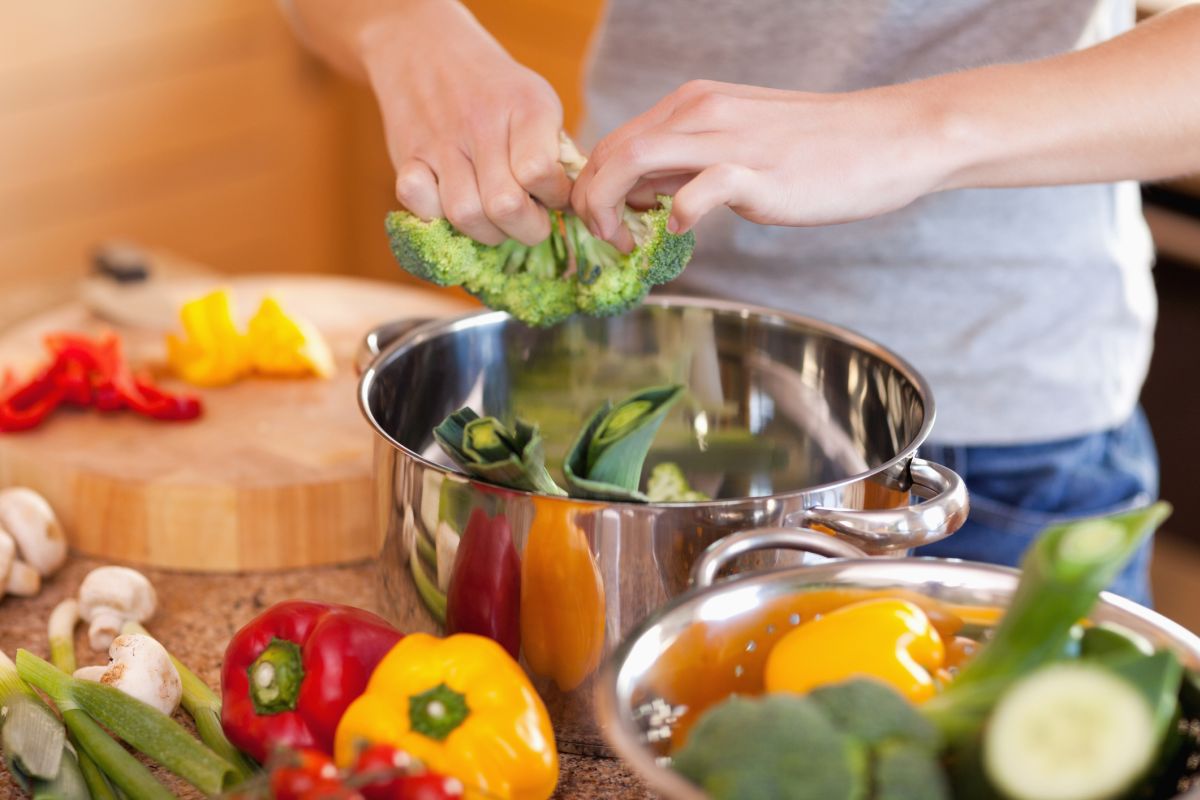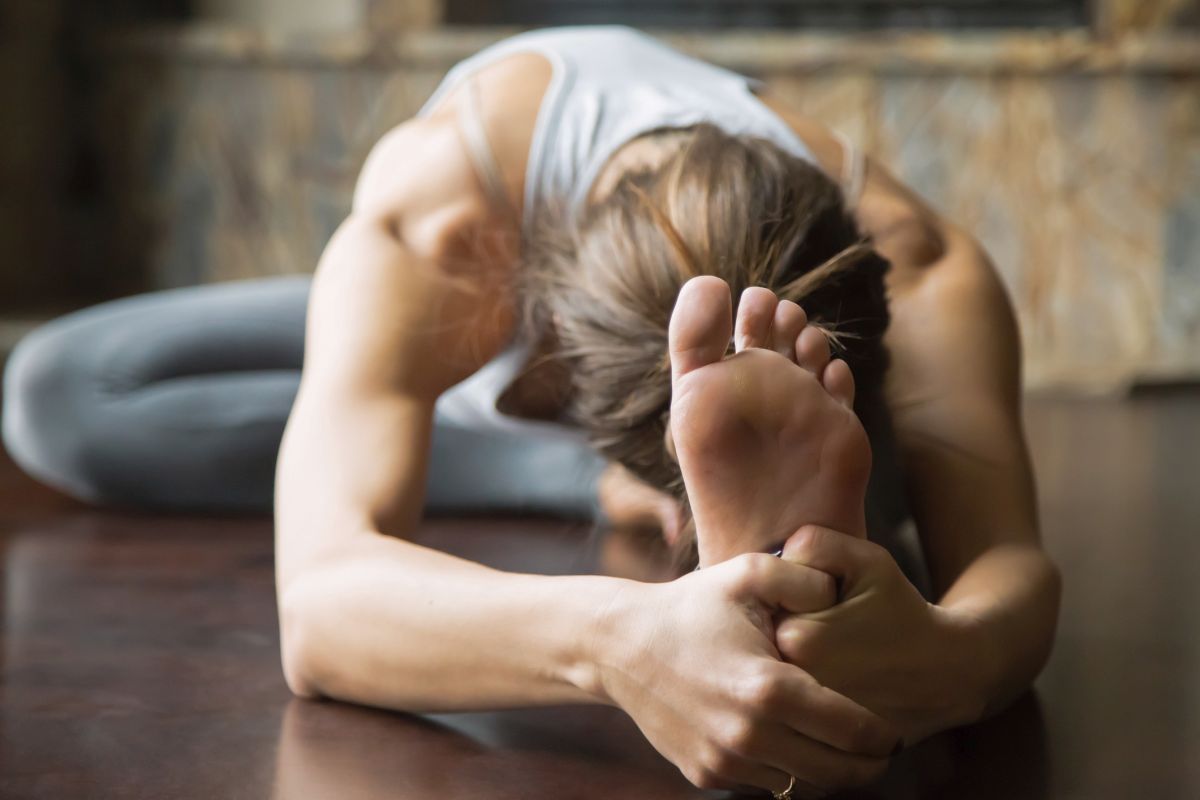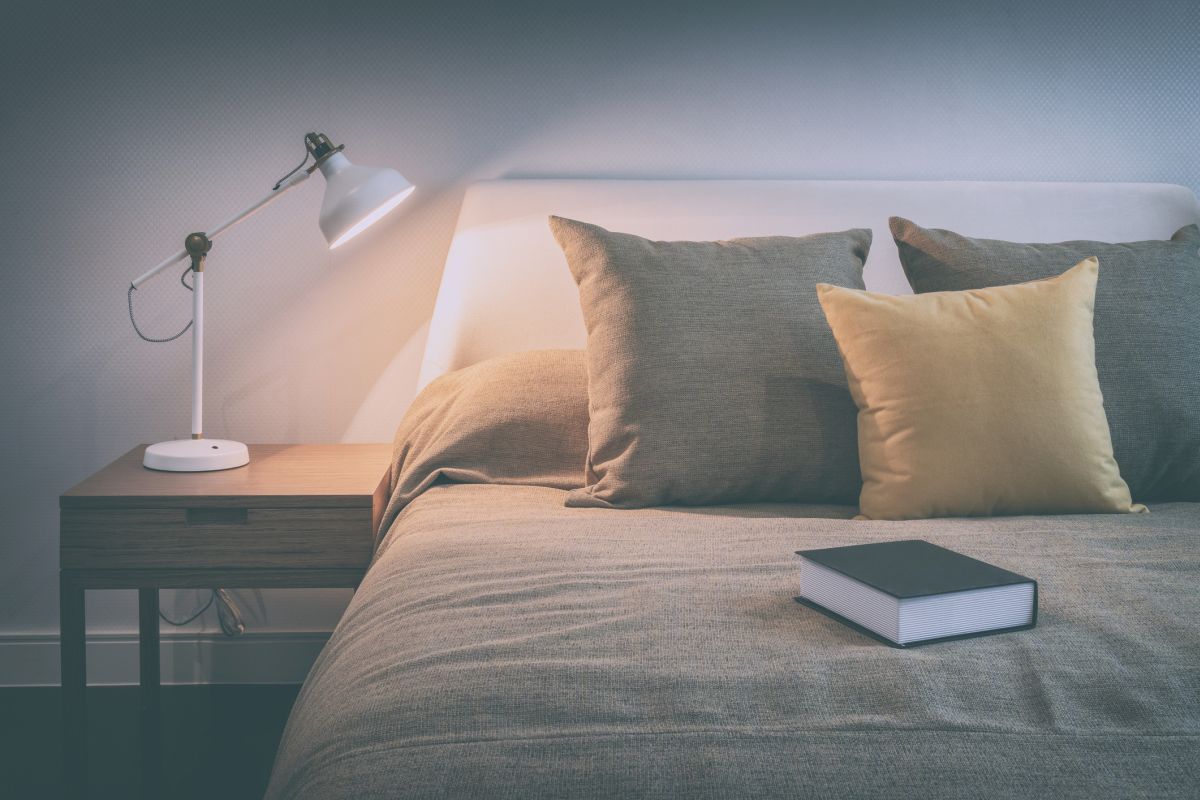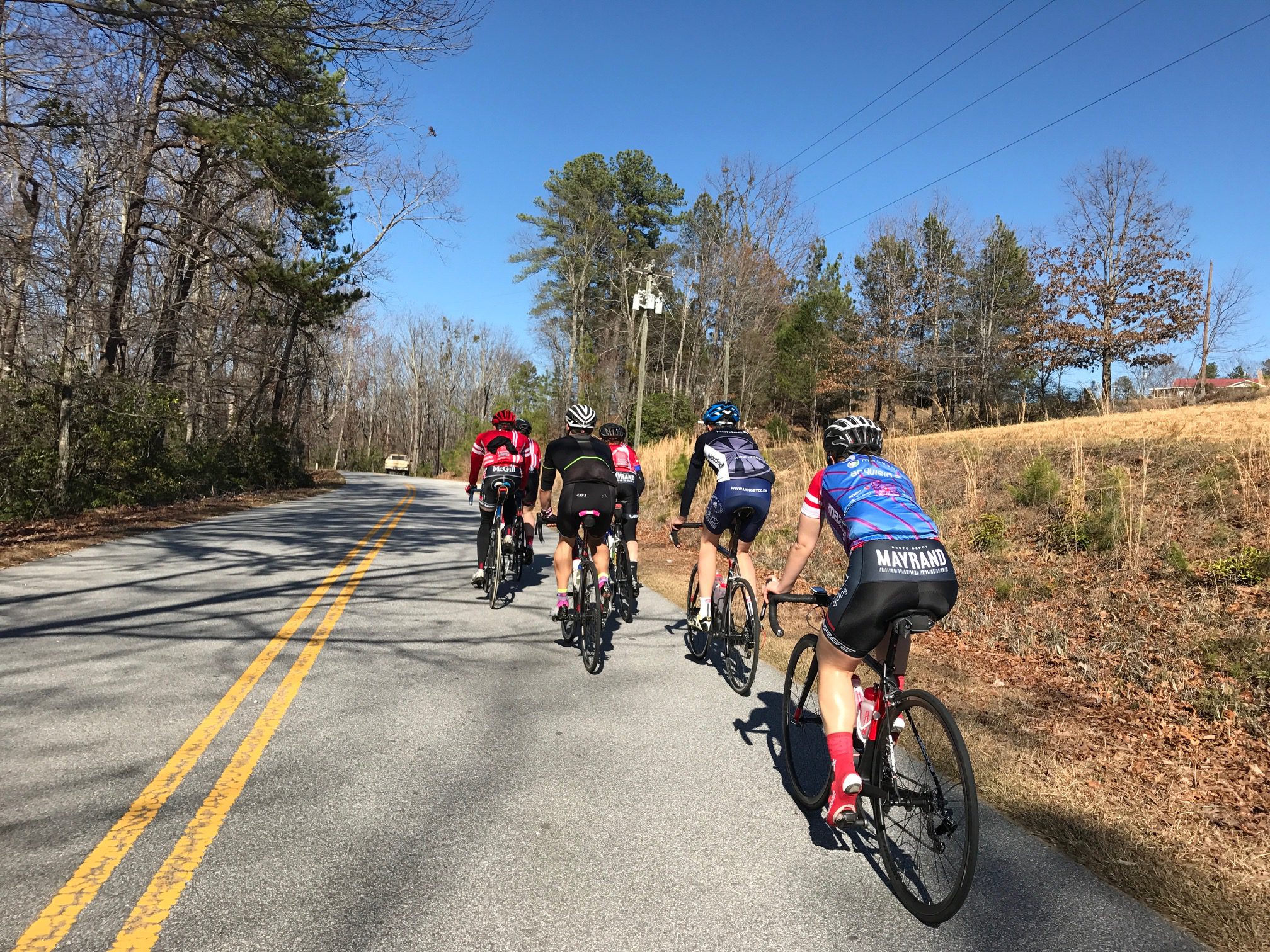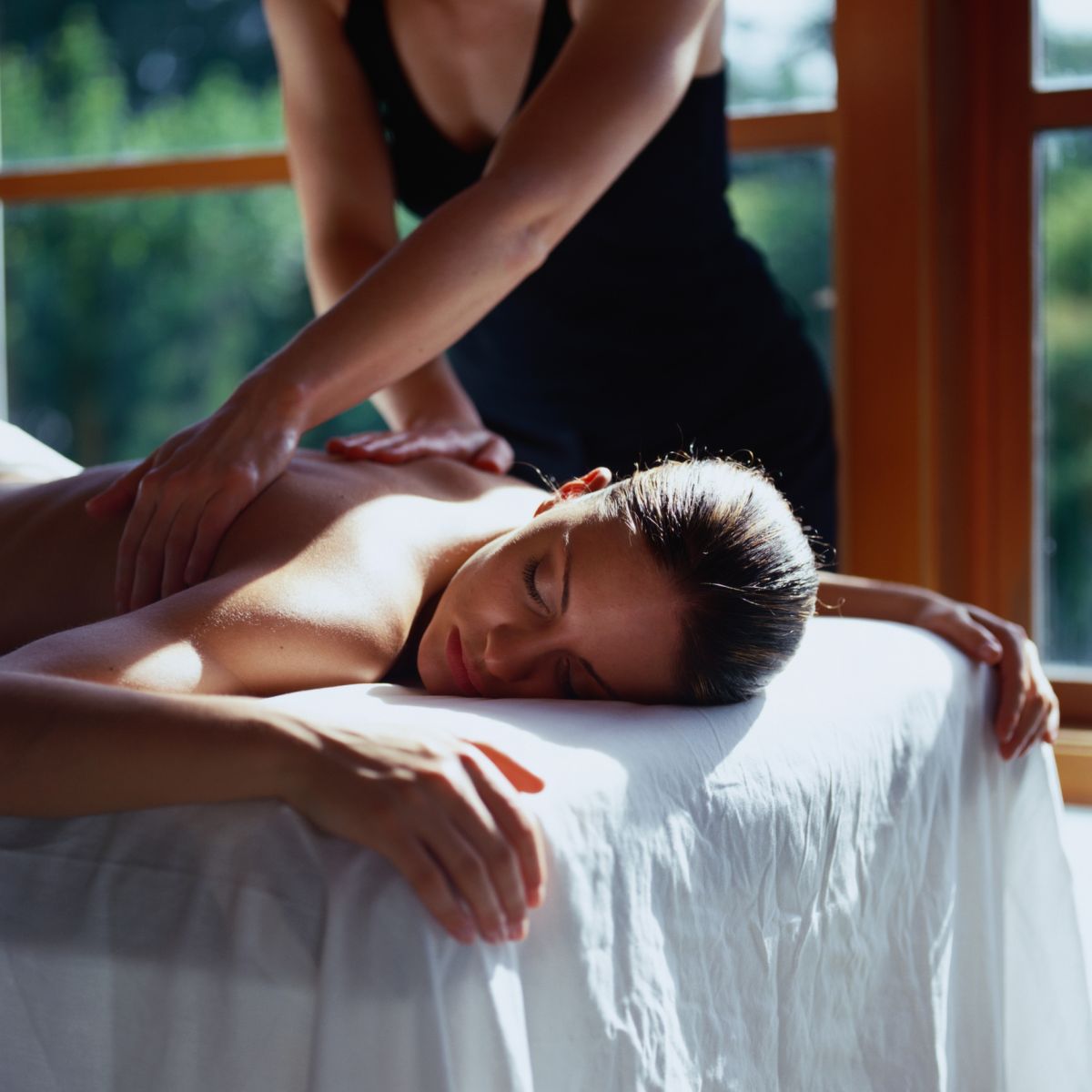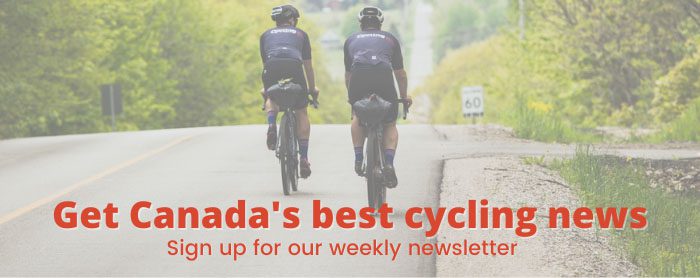How to recover from your first long ride of the season
And all the longer rides the first prepares you for
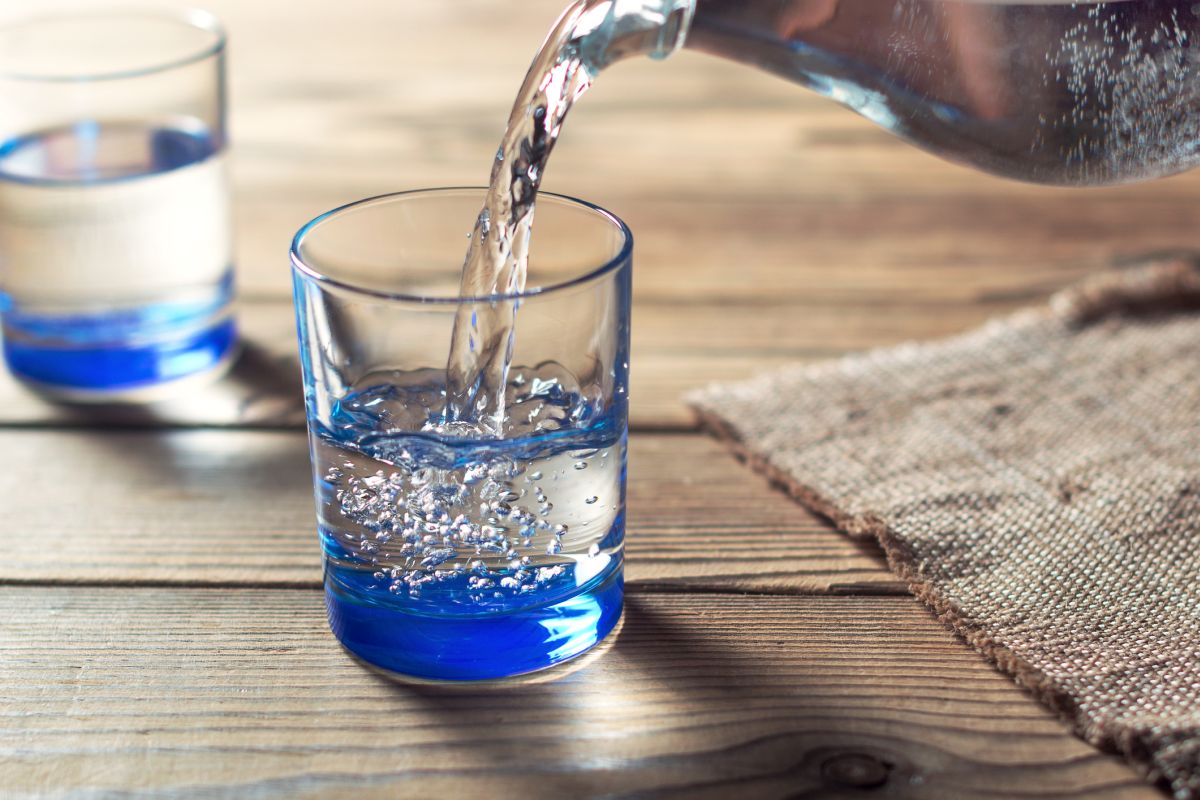
Big rides can leave you feeling a little drained. Physically and mentally a long day on the bike can take its toll especially the first long ride you do this spring. If you are like Peter Sagan maybe the first step of your post-ride recovery is stuffing your face with gummy bears, but there are lots of other steps you can take to help you bounce back from an energy draining ride. Your muscles may be tired and sore but if you can do these things your body will recuperate better and the next big ride will feel just a little bit easier.
1) Rehydrate
After a long day on the bike, you may be slightly dehydrated if you didn’t quite manage to take in enough fluids. It’s recommended cyclists drink at least one 500 ml bottle per hour while riding and more if it’s hot. So after your ride make sure to take in lots of fluids.
2) Refuel
Immediately after getting off the bike it’s important to try to get something into your belly. For optimal recovery, it’s important to eat something nutritious in the first 20 minutes after a ride, ideally something more nutritious than that bag of salty potato chips or chocolate bar you are craving. This can take a bit of the edge off giving you time to prepare a nutritious meal and is an important first step to recovery. Throw together a smoothie, have a piece of toast with some peanut butter or have a little left over pasta waiting for you in the fridge. After that, you’ll want to eat a proper meal rich in carbohydrates to replenish your glycogen stores and protein to help your muscles in their recovery within the next hour and a half.
RELATED: How to maximize your protein intake as a cyclist
3) Stretch or light yoga
A great way to deal with muscle tightness and loosen up the body after your long ride is stretching. Stretching after a ride will prevent stiffness and help keep your body limber for future hard efforts. Stretching can also increase flexibility and therefore reduce the risk of injury, improve your joint mobility and help your muscles relax so it’s an important part of a good recovery.
RELATED: 6 stretches for cyclists
RELATED: 4 yoga routines for cyclists
You can also do some light yoga after your ride or the next day to rebalance yourself and reengage your muscles while doing movements that can help circulation and stretch out sore muscles.
4) Sleep
Sleep is a recovery tool that you should take seriously. Being properly rested isn’t only important preparation for a big ride but getting a good nights rest in the nights after will help your body recover. After a long day of pedalling your body might be in over drive so open a book or listen to some music to wind down. Try to stay away from your phone, laptop or a tv screen in the hour before going to bed. Limit your alcohol consumption to have a good nights rest. If you don’t already, it’s good to have a regular sleep schedule giving yourself seven to nine hours to sleep every night.
RELATED: Exploring new roads and new fuelling methods
5) Active recovery
Ever wonder why pro riders spend a couple of hours riding on rest days during the Tour de France or hop right onto a trainer after a hard stage? Active recovery. You may feel like lying on the couch all day but a little movement will do you some good.
RELATED: Train hard, recover harder: 6 tips to improve your recovery
How can you do it? In the last 15 minutes of your ride you can pedal easy as you head home to begin the recovery process. Spin at a slightly higher cadence to keep the heart rate slightly elevated and turn the power down a couple of notches. Going for an easy ride the day after your big ride can also help your muscles and body in it’s recovery process. Head to your favourite coffee shop or ride the scenic bike path near your home. Ride slow, very slow. If you don’t have time for a ride go for a walk or find another low-intensity activity.
6) Massage sore muscles
A good massage after a long day in the saddle will help your muscles recover and prevent tightness or knots from leading to future problems on the bike. If you don’t have a massage therapist on the payroll use a foam roller, a muscle roller stick or tennis ball for a self-treatment.
RELATED: Should I use a foam roller?
Gently work out any knots in your legs and lightly massage sore muscles. Massage helps circulation, clear muscles of lactic acid, tightness and knots. Up around your shoulders, kneck, lower back and arms can all benefit from a little bit of attention after a ride. Use the tennis ball to massage these harder to reach places.
